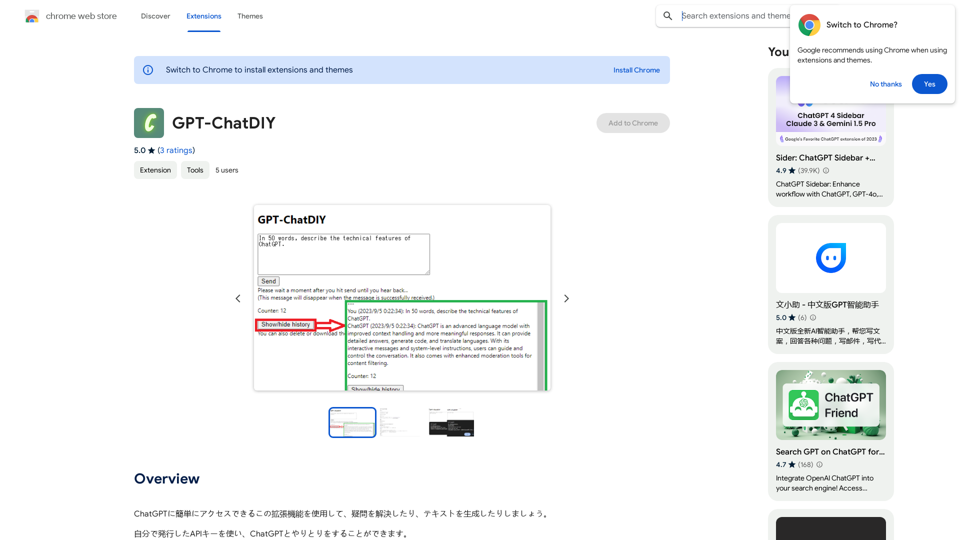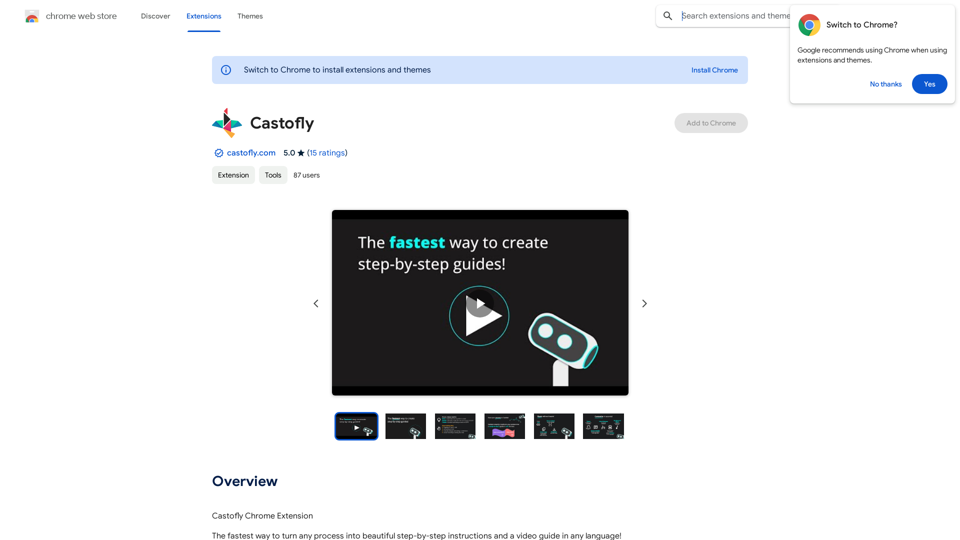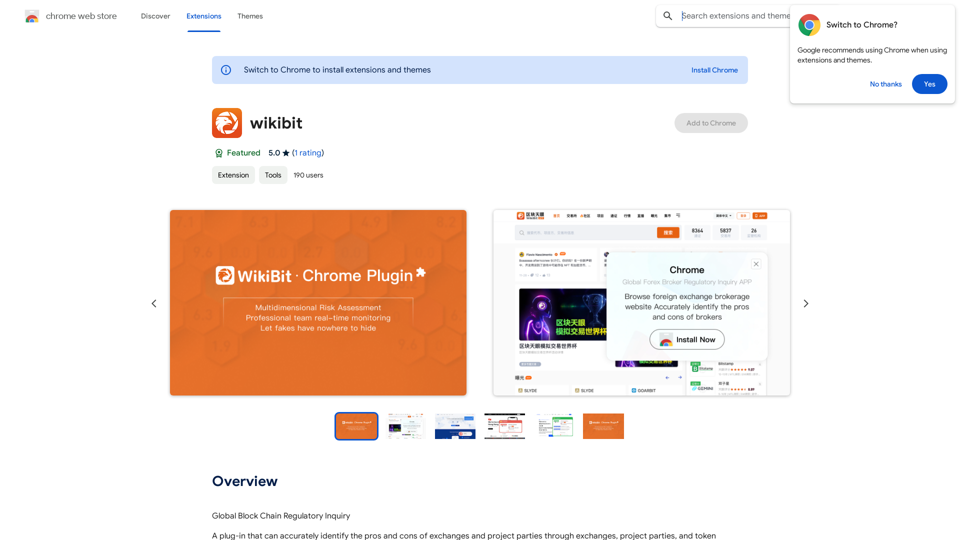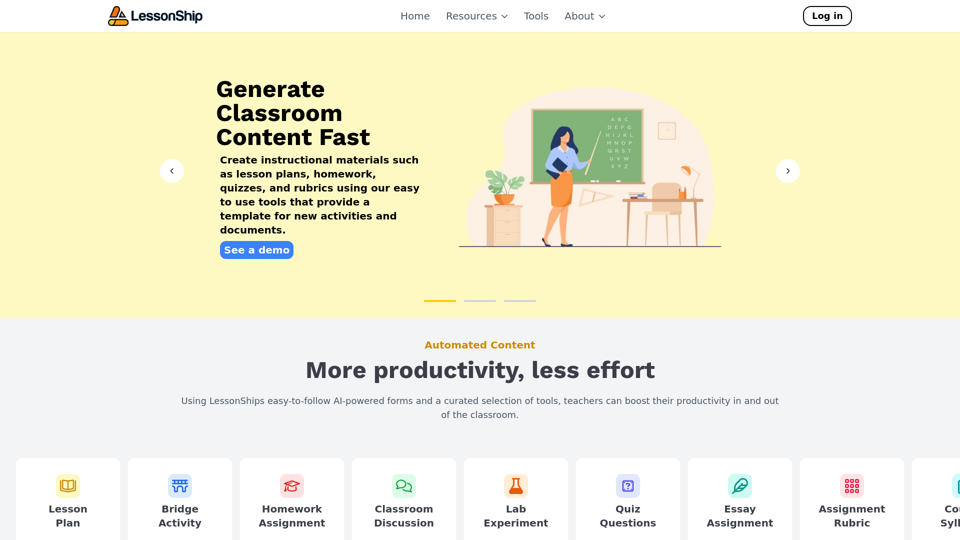GPT (Generative Pre-trained Transformer) is an advanced AI model trained on vast text datasets to generate human-like language. This powerful tool can generate text, answer questions, and create entire articles, making it versatile for various applications. GPT's ability to understand context and produce relevant, accurate text has made it a valuable asset in numerous fields.
ScanGPT
Our extension makes it simple to find GPT-generated text on any website or any text given to it.
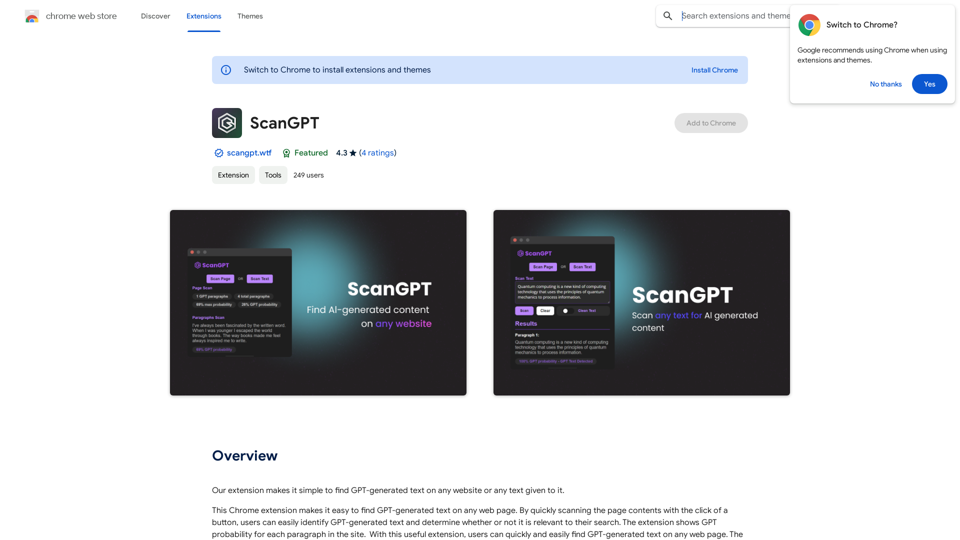
Introduction
Feature
Large-scale Training
GPT's extensive training on massive text datasets enables it to generate high-quality, human-like text across various topics and styles.
Contextual Understanding
The model's ability to grasp context allows for the generation of relevant and accurate text, enhancing its usefulness in diverse applications.
Flexibility
GPT's versatility makes it suitable for a wide range of applications, including:
- Text generation
- Question answering
- Content creation (articles, blog posts, etc.)
Pricing Options
GPT offers various pricing models to accommodate different needs:
| Model | Description |
|---|---|
| Free | Limited text generation capabilities |
| Subscription-based | Monthly or annual fee for enhanced service and features |
| Custom pricing | Negotiable rates for businesses with specific needs and usage requirements |
FAQ
What is GPT?
GPT is an AI model trained on massive text datasets to generate human-like language, capable of text generation, question answering, and content creation.
How does GPT work?
GPT utilizes a combination of natural language processing and machine learning algorithms to generate text.
What are the benefits of using GPT?
GPT offers high-quality text generation, question answering, and content creation capabilities. It can also automate tasks and improve efficiency in various applications.
What are the limitations of GPT?
While powerful, GPT is not perfect. It may occasionally generate inaccurate or irrelevant text and may struggle with complex or nuanced language understanding.
Latest Traffic Insights
Monthly Visits
193.90 M
Bounce Rate
56.27%
Pages Per Visit
2.71
Time on Site(s)
115.91
Global Rank
-
Country Rank
-
Recent Visits
Traffic Sources
- Social Media:0.48%
- Paid Referrals:0.55%
- Email:0.15%
- Referrals:12.81%
- Search Engines:16.21%
- Direct:69.81%
Related Websites
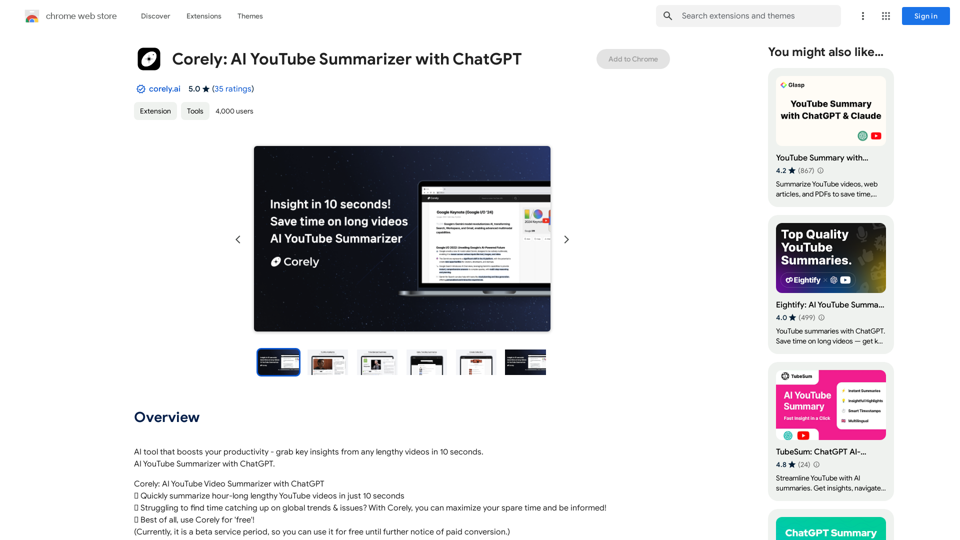
AI tool that boosts your productivity - grab key insights from any lengthy videos in 10 seconds. AI YouTube Summarizer with ChatGPT.
193.90 M
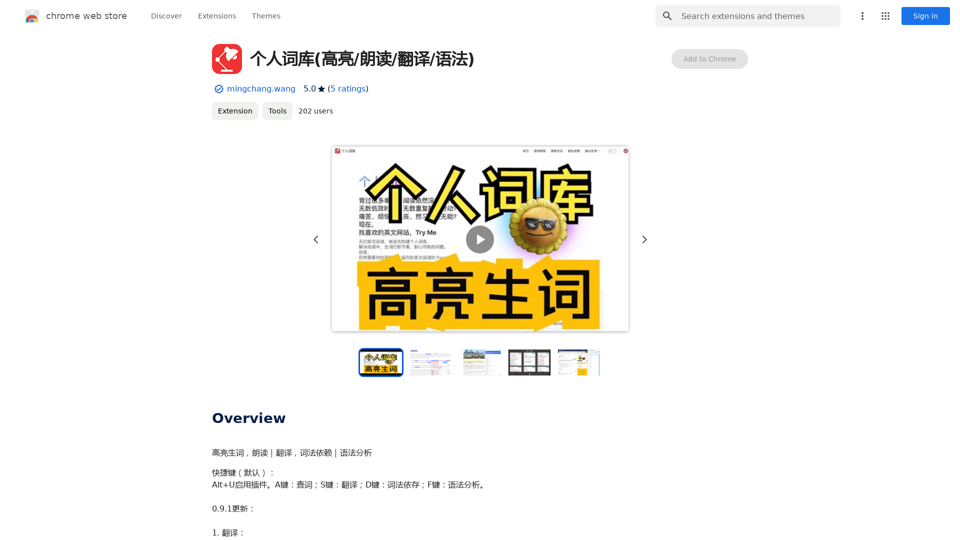
Personal Vocabulary (Highlight/Read Aloud/Translate/Grammar)
Personal Vocabulary (Highlight/Read Aloud/Translate/Grammar)Highlight new words, read aloud | Translate, lexical dependency | Syntax analysis
193.90 M
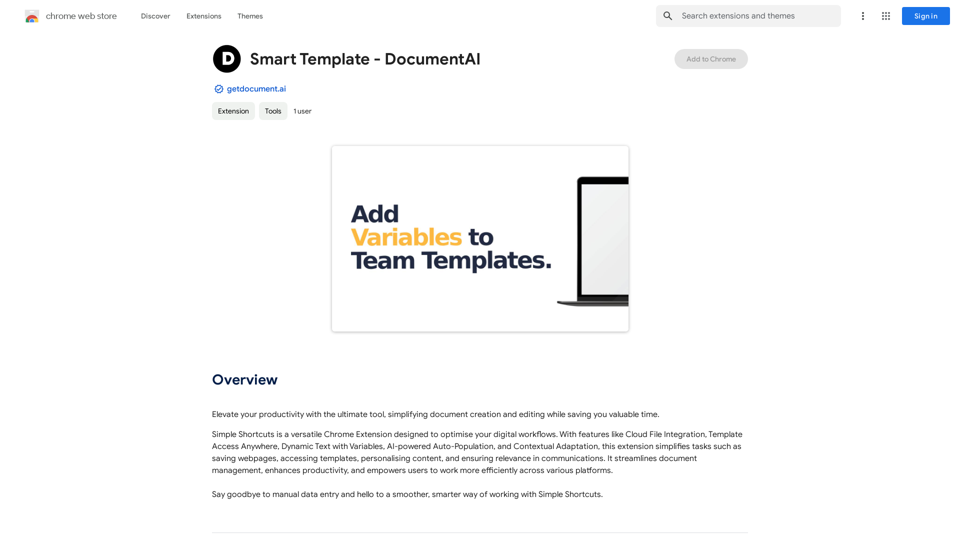
Smart Template - DocumentAI This is a placeholder for content about Smart Templates in DocumentAI. Please provide me with the content you'd like me to translate.
Smart Template - DocumentAI This is a placeholder for content about Smart Templates in DocumentAI. Please provide me with the content you'd like me to translate.Boost your productivity with the best tool around, making it easy to create and edit documents and saving you precious time.
193.90 M
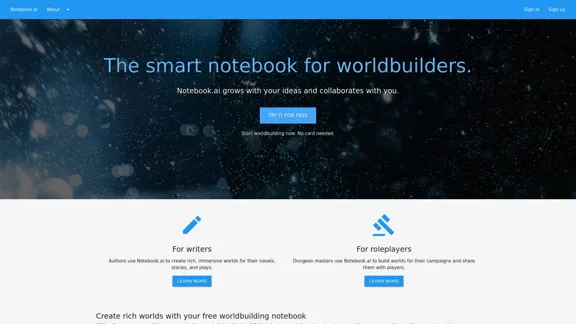
The intelligent notebook for world creators - Notebook.ai
The intelligent notebook for world creators - Notebook.aiNotebook.ai is a collection of tools designed for writers and roleplayers to create magnificent universes — and everything within them.
149.28 K
